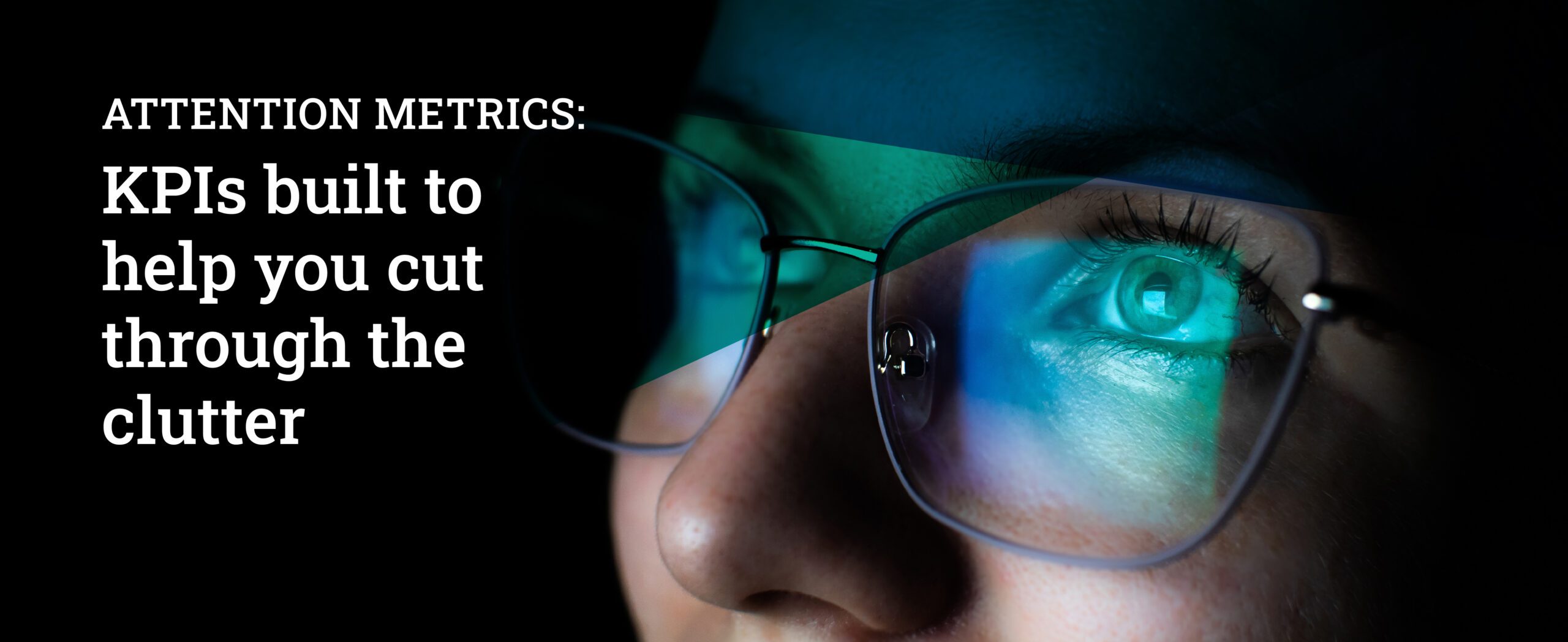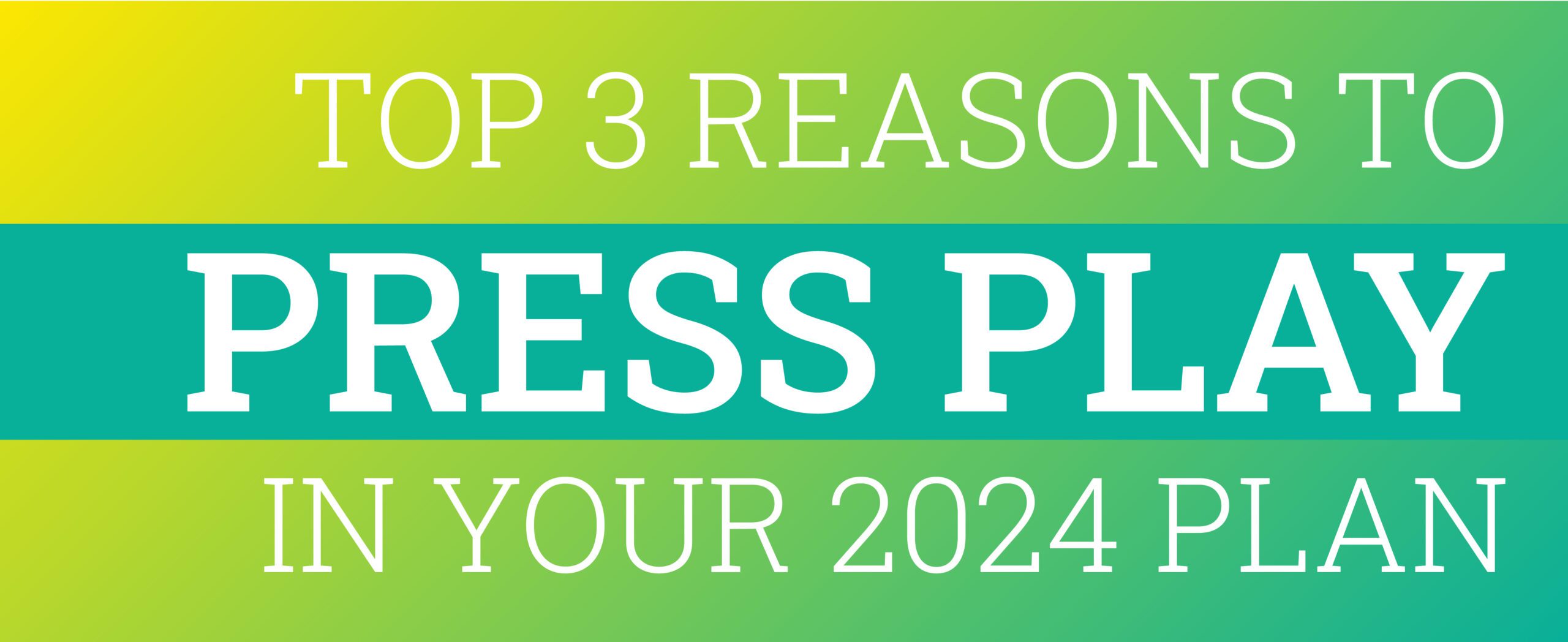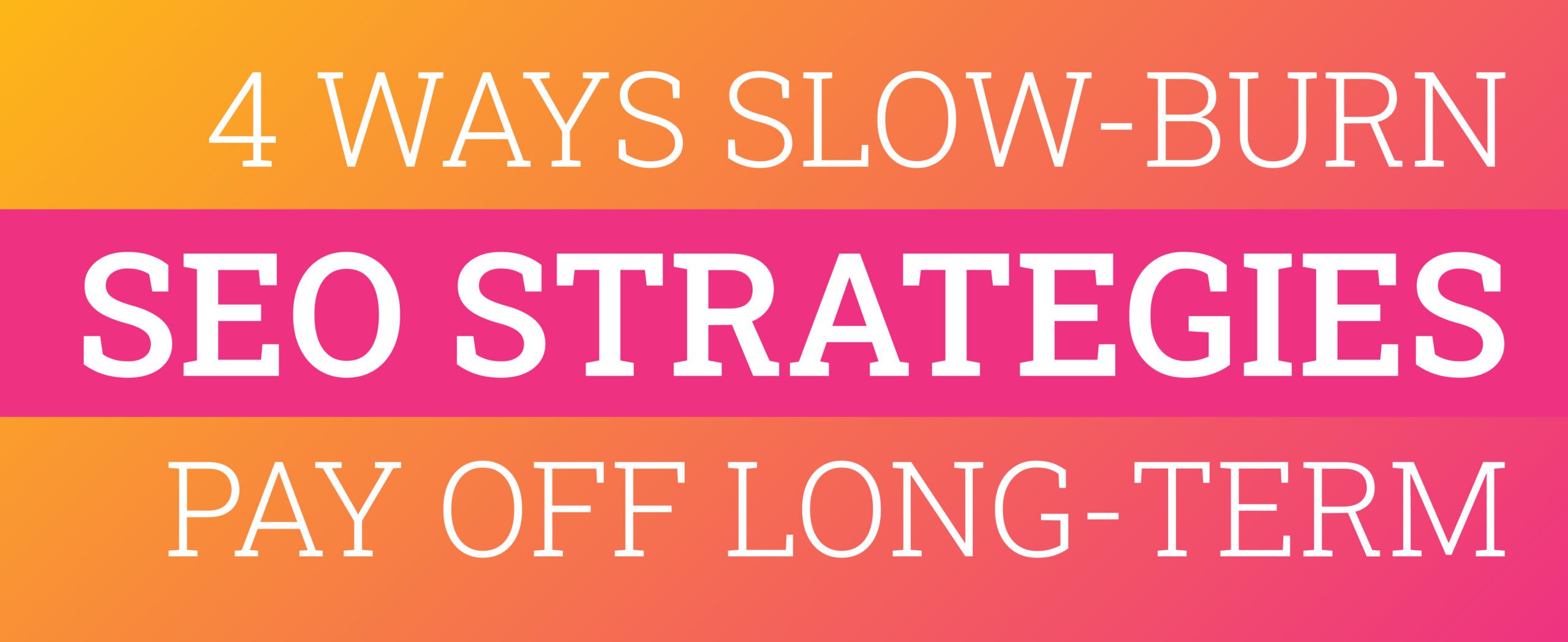Every day, over 4,000 advertisements call out for our attention. Our devices, entertainment, and even our daily commute is cluttered by taglines, logos, jingles, and specials.
But how many of these truly land? How many actually grab our attention and stick in our minds?
That’s the exact question new “attention metrics” aim to answer.
In 2018, marketing researchers set out to understand which ads earn a share of our limited attention spans and which are instantly blocked, closed, or scrolled past. That study led to fresh findings that have the potential to shake up digital advertising—and unlock significant ROI potential for the 36% of ad buyers that plan to leverage these telling KPIs.
What are “attention metrics” in advertising?
Traditional visibility metrics, like page visits, tell advertisers which screens website visitors landed on, or which ads they scrolled past. But they only tell half the story.
Attention metrics track much more than individual views of an ad, video, or webpage. They consider whether your ad’s message had the chance to really soak in. Signals like eye movements across a page, how long an ad remained visible on the screen, cursor hover time, and how far down the page a visitor scrolled can all be combined to paint a clear picture of just how engaging your content really is—or where your visitors get lost.
Attention metrics go several steps further than basic analytics, helping advertisers understand which ads, landing pages, and videos internet users actually take note of. It’s this ability to see what truly cuts through the noise that makes attention metrics some of the most valuable data points we can monitor.
Which attention metrics are worth tracking?
When we dive into analytics reports, there are a handful of insightful attention metrics we watch. Whether we’re using specialized tools to gather this data, or pulling up built-in Google Analytics reports, we take a look at metrics like:
- Viewability. How much of the ad was visible on the screen, how quickly it loaded, and how long it was in view.
- Scroll depth. Whether users glanced at the page and clicked away, or scrolled all the way down to the bottom of the screen.
- Interactions. On social media, interactions like comments and reactions tell a deeper story than impressions or views alone.
- Hover or mouse-over rate. What share of users hover over an ad or interact with the screen.
- Conversion rate. How often the ad, video, or landing page triggers a follow-up action, like clicking to the next screen or signing up.
As we build advertising campaigns for our clients, we keep a close eye on these metrics to see which ads are the most engaging—and which just aren’t moving the needle. This continuous improvement is exactly what allows us to double-down on the impact of every marketing dollar, driving trackable ROI with each strategy.
How should attention metrics shape your next campaign?
Rather than relying on surface-level metrics alone, consider using attention metrics to see which ads engage each type of customer. Notice which images or captions drive the most traffic to your website. Analyze which videos have the longest playing time, not just the most views. And compare your most-scrolled website pages to those with the shortest scroll depths to see what might be missing.
As you start to notice attention trends across your content, try to tweak your marketing plan to reduce the friction points along the way. The key to a revenue-boosting ads strategy is right there in the data—if you know where to look for it.
Now that we have your attention: Looking for a data-driven marketing partner?
At MediaSpark, we help small businesses generate big results with digital and traditional marketing strategies. Whether you’re a one-person marketing team or you have a whole department dedicated to your brand, we can help your company track the right numbers, launch bottom-line-boosting campaigns, and dominate your local market.





